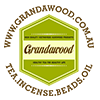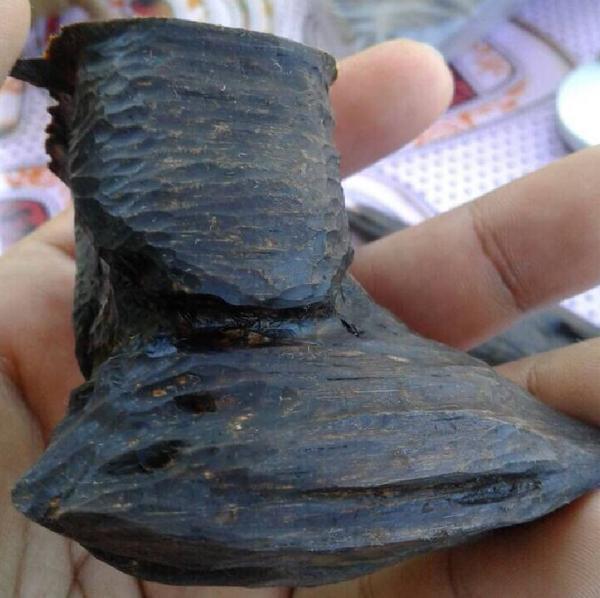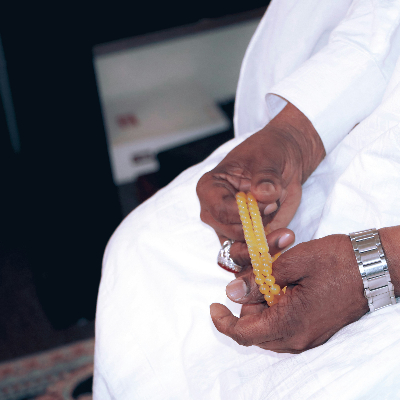Menu
-
-
F.A.Q
- How to identify genuine agarwood chip, natural or cultivated
- How to identify oil injection / absorption fake agarwood beads
- How to know if there are more than one oil in your oil
- How to make your wood bracelet or mala darker
- How to tell if an Agarwood bead sinks WITHOUT sinking it under water?
- How does back flow incense work and how do you burn it?
- Where to start if you don't know what agarwood is ?
- Why are you losing money if you buy seeds and plants?
- Which agarwood incense should I choose?
- Frequently Asked Questions
- Agarwood Related Articles
- Shipping
-
SHOP - Agarwood
-
SHOP - Other Fragrant Wood
-
SHOP - Incense Holder and Burner
-
- FREE Oud Oil guide
- Testimonials
- "Why did you buy this?"
- Contact us
- About Us
- +61430284329
- Login
-
English


Today's challenge: Is this genuine agarwood? How to identify?
Just like any other market, we have been offered to purchase these "high quality", "double super king" agarwood at a good price from local and oversea sellers/ hunters. First and foremost important question, Is it really agarwood? Please see the below three "prospective sellers" :
a) From Papua New Guine
b) Local Malaysian Hunters
c) Another Papua New Guine "agarwood"
Before determine whether the above wood is agarwood (Oud), let's examine its
taxonomy via science textbook against a sample of genuine agarwood

Text book: Agarwood, Science Behind the Fragrance:

Source Agarwood, Science Behind the Fragrance (2017)
Actual image under magnifier (approximately 30 times)
This match with the image b







Due to the limit of types of equipment, as we do not process lab microscope, we would not be able to match agarwood taxanomy mentioned in the textbook.
If in doubt, ask for a small piece from the sample and heat it, the distinctive smell of agarwood is unmistakable. If smell odd, trust your gut, do not buy.
Alright, ladies and gentlemen, after judging and heating, here is the answer
a) Not agarwood
b) Not agarwood: this looks like a real piece of high-grade agarwood. Unfortunately, after heating and physically feeling, it is NOT agarwood either
c) Not agarwood, similar but NO.
It is not easy to find this precious wood in the jungle and hewing down tree without knowledge is extremely devastating because it is a bad practice because it is bad for the environment
So what do we learn?
- It is a painstaking task to identify, collect, select genuine agarwood. Especially in agarwood bead making, many sellers could tell you they are selling genuine stuff. It is important to know if the sellers are passionate and knowledgeable about what they are doing (apart from making profit, well, even charitable organisations need to make a profit). Agarwood beads are extremely difficult to test without breaking it and classified as HIGH-RISK item due to its value. Just like buying a diamond, you should buy from reputable sellers.
- Agarwood is costly to produce and therefore it is not cheap. If the price is too good to be true, it probably is. Ask the sellers how it was produced?
- If you want to identify the fake one, first learn the real one, smell it first to know what to look for. Heating Agarwood chip is a good start as you will know the "core" and the basic smell of it which could be very beneficial in detecting Oud note in perfume and incense.
Bonus
The bark of Aquilaria tree (which creates agarwood when wounded) is "peelable" without break. This is one of the wild tree within our forest.



2 Responses
Roberto l.almine
November 04, 2019
Sir,how to know the oreginal agarwood in the jungle thank you.
Leave a comment
Comments will be approved before showing up.
Also in News

What is Tasbih? The Deep Meaning of Subhan Allah and the Role of Prayer Beads
November 09, 2025 4 min read








llew
September 30, 2019
Hi my name is Lllew from Papua New Guinea please I really need to know how to identify eagle wood/agar wood can you help me the process of identifying